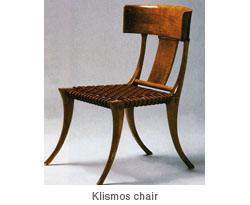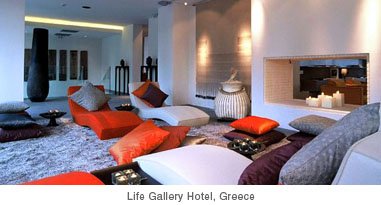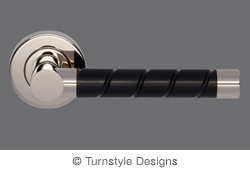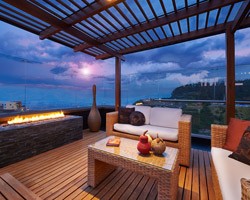At NYIAD we teach students of our interior design classes a simple three-step method:
- A successful room is functional.
- A successful room expresses a mood.
- A successful room exhibits a sense of harmony.
This simple Three-Step Method is the secret of every interior ever designed. We teach our interior design students to consider these three steps every time they look at a room. You'll find the great home decorating ideas in our Room of the Month series as well as in the design tips on this site helpful in creating outstanding room designs.
When our students mail in their interior design project for analysis by their instructor, the instructor starts by commenting on these three Guidelines. Of course, the instructor analyzes other elements of the project too – decor, layout, furniture, style etc. But the key to good decor – and the essential element of every great interior design – is adherence to these three NYIAD Guidelines.
How do they work? How can you apply them? It's beyond the scope of this Web site to teach you every nuance, but you will get an inkling from the Room of the Month Analysis that follows.
When gazing out from a Greek isle, blue skies kiss turquoise seas in vivid panoramas—you're forgiven, therefore, if you miss the surrounding man-made villages and cities. Perhaps, you aren't supposed to notice them. The Greeks thought, "Why fight this scenic natural beauty? Let's frame it." And so, whenever possible, they decided to frame the dramatic views and built their homes, hotels and public buildings around it.


Since Greece is known for its hot sun, many homes were made of stone—to block the heat out and keep the cool air in. Most of the homes were also either painted white or plastered in white stucco. The white walls reflected the heat instead of absorbing it and also provided a relaxing, serene atmosphere as seen in the villa homes below. Many of the island homes take advantage of the warm weather by opening up the interiors with many windows and doorways. The interaction of the inside and outside becomes a focal point for these Greek homes.

Furnishings are usually upholstered in white cottons or linens—in keeping with the tranquil mood. Occasionally the interiors reflect a rustic touch; hewn timbers decorate a ceiling or a wall. Stones are sometimes left exposed inside the home and used as a wall treatment. Interior styles are usually an eclectic mix of traditional and contemporary furnishings. Most furniture in Greek homes is simple with little ornamentation and carved of heavy dark wood. Greeks adopted many of their furniture styles from English and French antique periods and added some of their own designs. In the living-dining space above, there are the traditional Greek chairs, the klismos, introduced in the 5th century BC and still popular today. The klismos chair has a curved back and splayed-out legs.




While the majority of Greek interiors reflect this eclectic style, newer homes and hotel interiors have turned to modern furnishings. Leather and ultrasuede upholstered furniture are used in the modern rooms. White plastered walls are still used, but more colorful fabrics are applied. References to traditional Greek style are reflected in the accessories as shown below. Sculptural stone objects and woven baskets are mixed with the modern furniture, giving the room the unique touch.

Most Greek homes today are modest in scale and style. While their furniture styles were borrowed from other countries, they personalized their rooms by adding Greek objets d'art that refer back to classical antiquity, pottery or figural sculpture, of which they are justifiably proud. A Greek home is truly a reflection of international styles and antique and current periods.







